Concorde
The Concorde is one of the most recognized airplanes of all time, much like the 747. It could fly from New York to London in just 3.5 hours, crossing the Atlantic with ease.
It is a man-made time machine for sure. It is a symbol of human power and technology even today. Being able to travel twice the speed of sound, it surely is an engineering marvel. And of course, it could break the sound barrier. Lets us see about the Supersonic Concorde!
Who built the Concorde?
The Concorde was built in collaboration of the British and the French, one of the worst enemies in history.
The project of Concorde brought them together and made them give up enmity. The Supersonic Jet project was named after this. The word 'Concorde' means agreement, harmony and union.
Why was the Concorde built?
The French and the British aerospace companies estimated that the future of air travel was supersonic.
It ultimately came out to be not true. Also, The American Boeing company also started designing their supersonic jet so that they could revive if the future of air travel would be faster than the speed of sound.
As this was not true, it moved on with the 747, the most famous passenger and freighter airplane and a huge success. As the estimation was wrong, The Concorde was a failure but still an icon of human innovation.
Reason for the failure of the Concorde
The primary reason for the failure of the Concorde is the amount of fuel it consumes, the less passengers it could carry, the cost of operating and the ticket prices paid by passengers.
The future of human transport in aviation unfortunately turned out to be not supersonic. It was concentrated on medium and large-sized wide body jets because of its affordability by the passengers.
Normal people could not afford to fly on a Concorde. An average single trip ticket cost about $6000.
The Concorde could carry a maximum of 100 passengers. Although it might sound a lot, a typical narrow-body airplane could carry 150 passengers, which is significantly more.
The unique drooping nose
The Concorde had a nose that can be tilted downwards or upwards in the necessary situations. For example, during landings and take-offs, the nose is tilted downwards so that the pilot can see the runway and ahead.
It is fully retracted during cruise. This provides the Concorde a cool look.
The Delta-shaped wing
The Concorde has a unique Delta-shaped wing. The engineers chose this design as tests supported this shape of the wing for supersonic speeds.
This would create very minimal drag during flying. The flaps and ailerons are the same parts in the wings. The combination of both of this came to be known as 'Elevons'. The outboard flaps can be moved upwards and downwards to be functioned as ailerons.
The engines of the Concorde
The Concorde used four Rolls Royce Olympus 593 engines. These engines were very powerful which enabled the Concorde to travel at supersonic speeds.
The tail landing gear
The Concorde had four landing gears. The nose landing gear, the two main body landing gears and the tail landing gear which is situated under the tail.
The Concorde lands with a higher pitch angle. The reason is that it needs a lot of drag force to slow down.
The required drag force is achieved by the delta-wings when the plane is subjected to a higher angle of attack during landings. So, the tail landing gear is required to prevent tail strikes during landings.
Ballast fuel tanks
As the Concorde flies at supersonic speeds, the center of gravity shifts further back. So, to counteract the change in the center of gravity, the Concorde makes use of ballast fuel tank 11 at rear end of the airplane.
By transferring fuel there, the weight is balanced and the flight becomes stable. Otherwise, the plane will go in a severe pitch down motion.
The flight deck
Concorde needs three people to help fly the aircraft. The Captain, the FO (First Officer), and the Flight Engineer.
The Captain and the First Officer fly the aircraft. The flight engineer helps to do important work such as checking the oil pressure, managing the system's functionality, etc.
The cockpit is filled with analogue gauges and of course doesn't have the latest technology like the glass cockpits in modern planes. It was developed in the 1960's.
Speed and Altitude of the Concorde
The Concorde, as mentioned earlier can travel twice the speed of sound. The unit 'Mach' is commonly used to determine the speed of aircraft. 1 unit Mach is equal to the average speed of sound, that is 340 meters per second.
So, Concorde travels at Mach 2.0. The Concorde has an average cruising altitude of about 60,000 feet. The speed and altitude of the Concorde is also displayed to the passengers in the cabin in a display board.
Concorde's sonic boom
Concorde, because of it's supersonic speed, is able to break the sound barrier similar to all the fighter jets as they all travel above Mach 1.0.
The sonic boom which is created produces a lot of noise in the vicinity. It produces a double 'bang sound' this way. Sonic booms are produced only because any object travels at a speed higher than the speed of sound.
Any object, when moving in air, pushes away the incoming air with great force. But since the Concorde travels at a speed greater than the speed of sound, The air remains with the plane.
It gets stuck on various parts like the wings, engine inlets, etc. Later on, this air, when accumulated is thrown away at a far greater force after much resistance.
This produces two sounds 'BOOM-BOOM'. The reason for the two BOOM's is that air gets accumulated at various parts of the aircraft, for example, the wings and the tail. The air gets released at different but close times producing the two bangs.
Concorde's restrictions
The Concorde could not commute to all places on the globe. Many governments complained that the noise it produced was too loud.
So, Concorde was not allowed to fly to these regions. The main times when the sonic booms are heard are during the landings when it comes into thick air. Countries like Saudi Arabia, India, and Australia banned the Concorde.
Moreover, the Anti-Concorde Project was started which protested against the Concorde for it's sound pollution.
The classic route for all flights that Concorde flew was from London, Heathrow to New York, JFK and back from New York to London.
Operators of Concorde
Only 20 Concorde jets were ever built. It never really sold well with Airlines. Of these, 6 of them are prototypes used for testing. The other 14 were used by the only two operators of Concorde. British Airways and Air France were the only operators of the Concorde.
They operated 7 of them each. Both of these airlines were never really interested in using the Concorde. They had to operate it because due to the compulsion of both the French and British governments which indulged in designing the Concorde.
It was a real shame to the people who made the Concorde. There is a reason for the lack of interest from airlines towards this project.
The Soviet Supersonic Jet similar to Concorde blew up mid-air in the Farnborough Air Show, in which newly designed aircraft are exhibited yearly to airlines to gain customers.
Due to this, airlines who initially placed orders for the Concorde cancelled them. It was only British Airways and Air France who operated it, that too with the government's compulsion.
They didn't own the Concorde, but they operated it alone. The Concorde jets which were for commercial use were owned by the governments themselves.
End of Concorde
Operations of Concorde ended in 2003. There are various factors for the Concorde's decline. It gulped up a lot of fuel. Just taxiing it to the runway, the amount of fuel an average car burns in 6 months is used up.
This made the Concorde fuel inefficient. Concerns raising to the pollution of air, sound pollution, etc. are the various other reasons.
The crash of Air France flight 4590 Concorde due to an accident also ended the reliability of the Concorde. Moreover, only the rich can afford it. All this led to the end of the Concorde Era.
Where are the Concorde Jets now?
The various Concorde jets that were built are at display at various museums. They are preserved as a part of historical importance showing human innovation and technology.
The end of the Concorde jet Era marks the end of an important period in history.



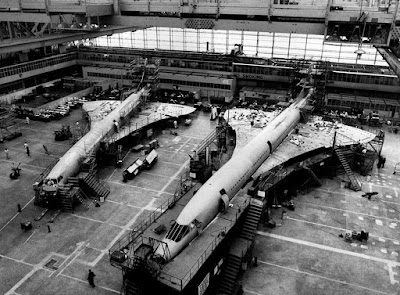
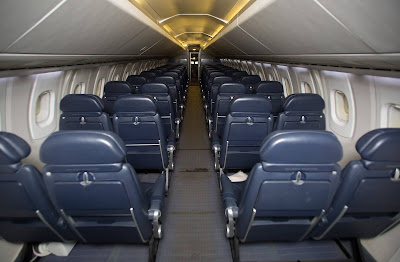



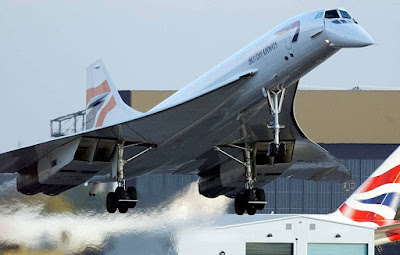

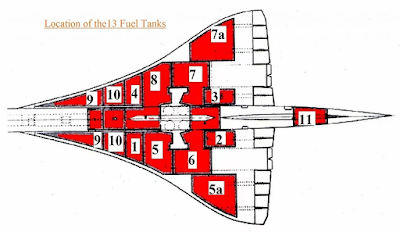
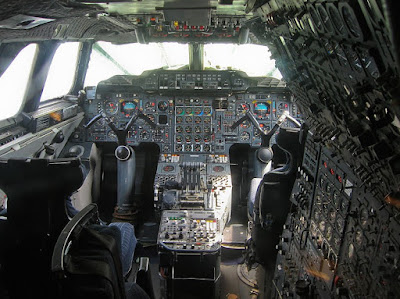
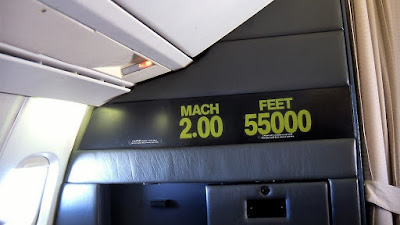
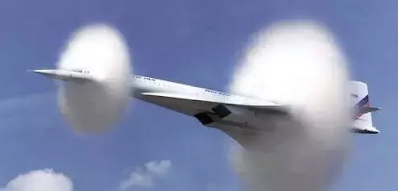
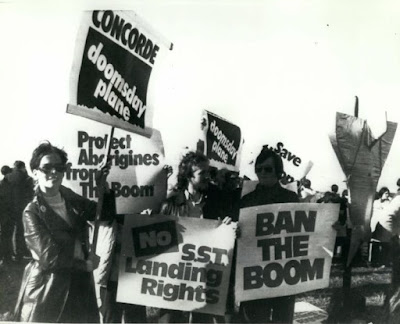
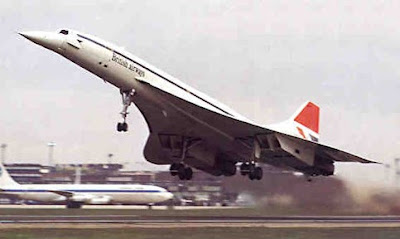

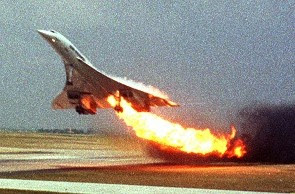


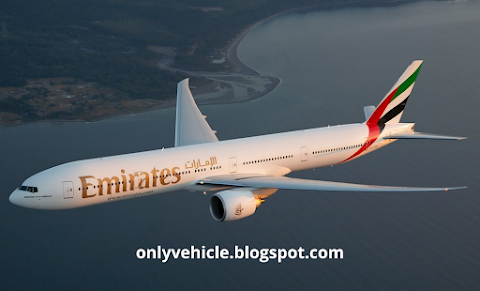



0 Comments